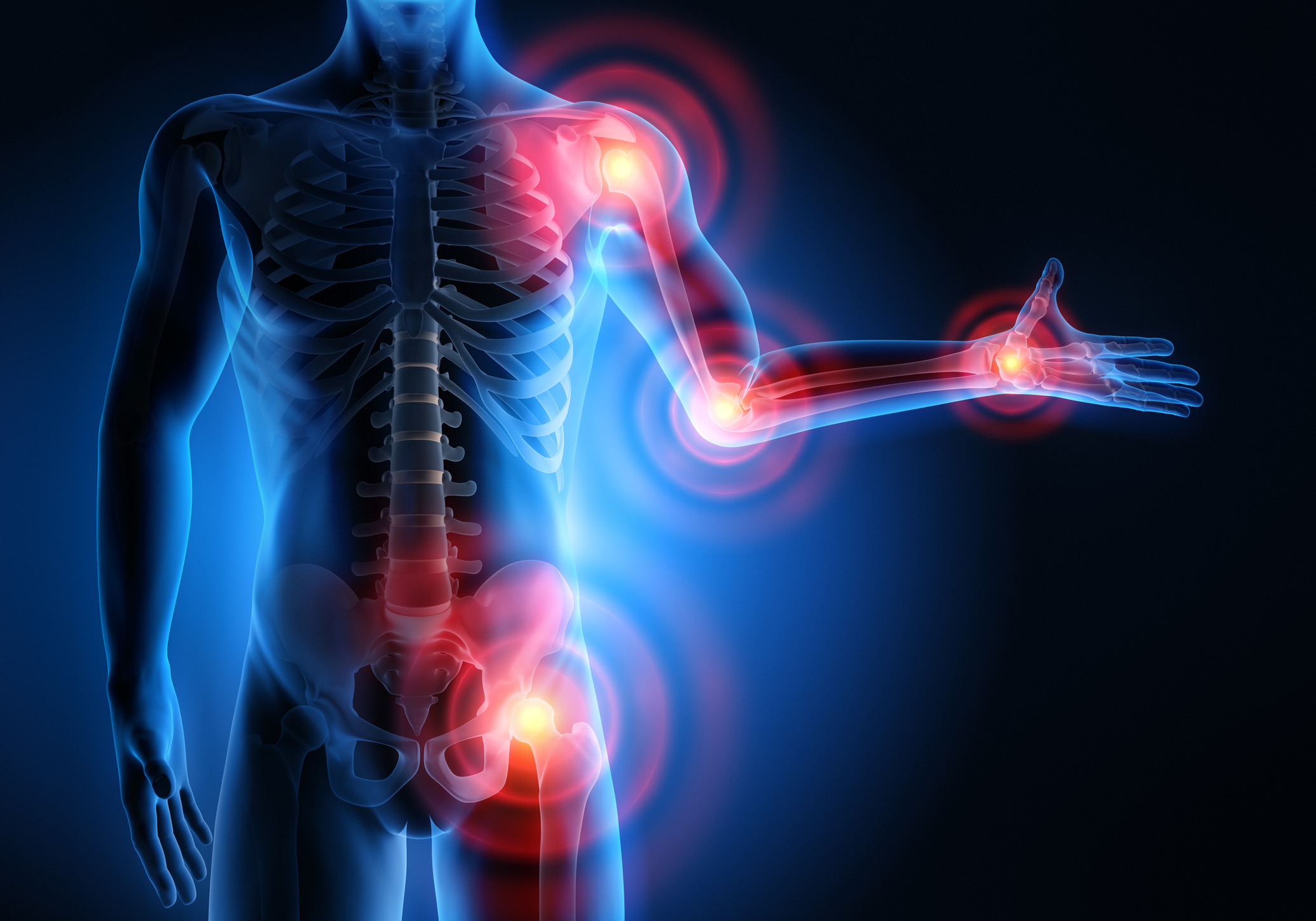As we age, the risk of developing osteoarthritis increases, especially for women and older adults who carry extra weight. With a growing senior population, and increased rates of obesity, cases of osteoarthritis have more than doubled in Canada over the past 30 years and a new study predicts the painful condition may affect up to 1 billion individuals globally by 2050.
Osteoarthritis is the most common form of arthritis, caused by wear and tear on joints. OA often occurs in the hands, hips, lower back, neck and knees when the cartilage in the joint begins to break down, affecting the underlying bone. Although OA is not an inevitable condition, it can develop slowly over time, especially for people who have had prior joint injuries. Osteoarthritis can cause inflammation, pain, stiffness and a loss of mobility.
According to a recent Global News report, OA affects about 15 percent of the worldwide population over the age of 30. The likelihood of developing OA increases with age and the condition can have a significant impact on quality of life. Osteoarthritis affects women more often than men due to hormonal fluctuations that affect joint laxity, anatomical differences that increase wear and tear, and a tendency to carry extra weight after menopause.
The study, published in The Lancet Rheumatology, warns that such a significant rise in osteoarthritis cases may put an increased burden on already stretched healthcare systems. Seniors living with more than one chronic health condition such as osteoarthritis, diabetes, or cardiovascular disease may require a more complex care plan.
Although there is no cure for OA, early detection, along with lifestyle changes like getting regular exercise, eating a healthy diet, losing weight, strength training and preventing joint injury can help people manage their condition and prevent further damage. Pain medication can also help patients cope with their OA pain.
Learn more about OA, its symptoms, and treatment options, by following this link to the Arthritis Foundation website.






Add Your Voice
0 Comments
Join the Discussion